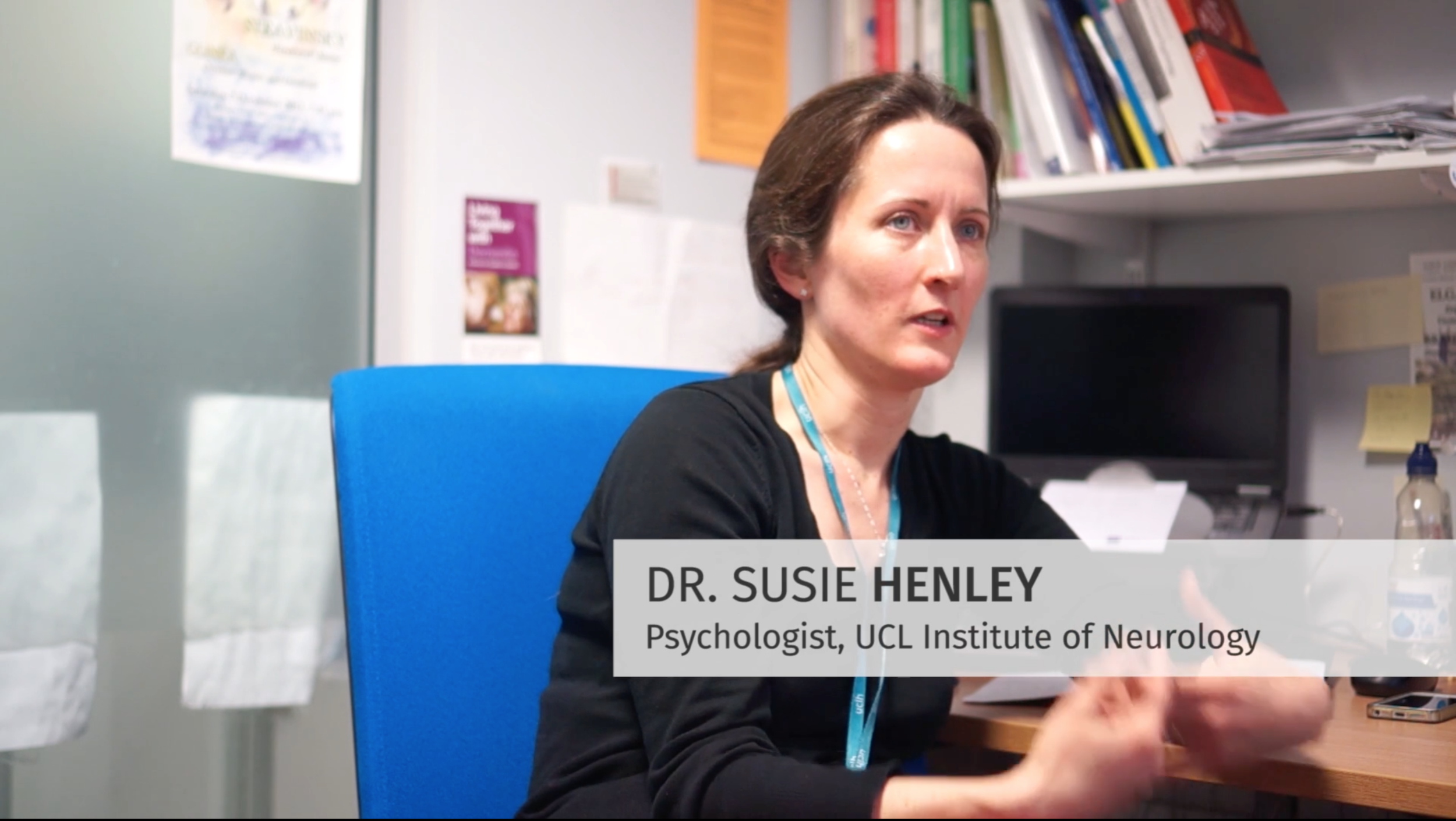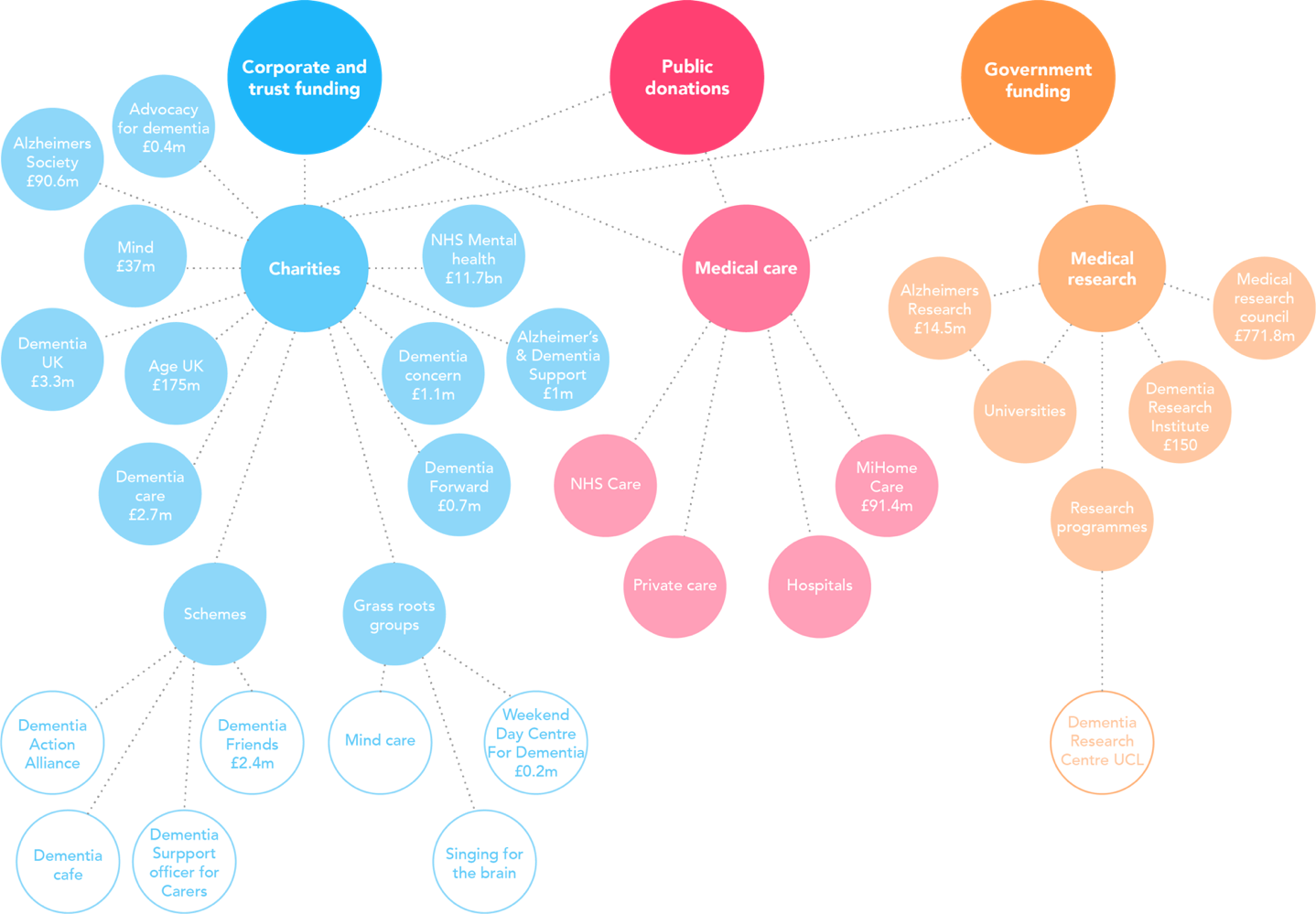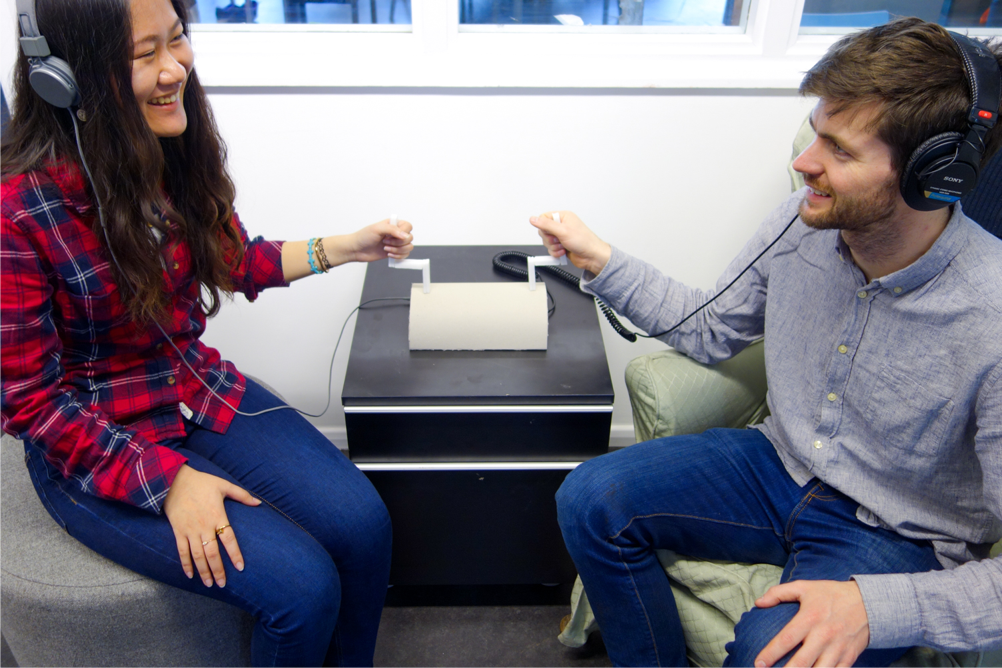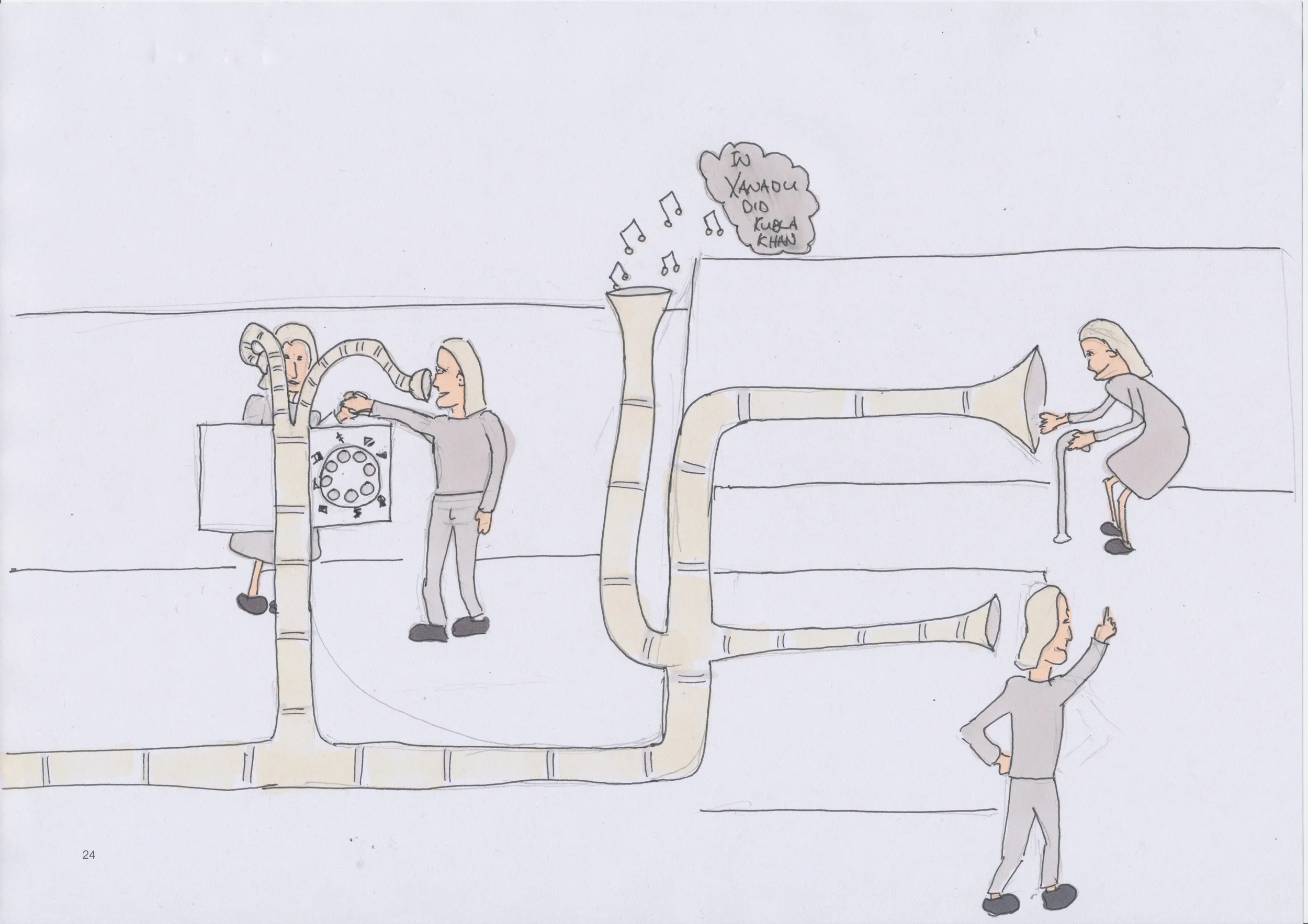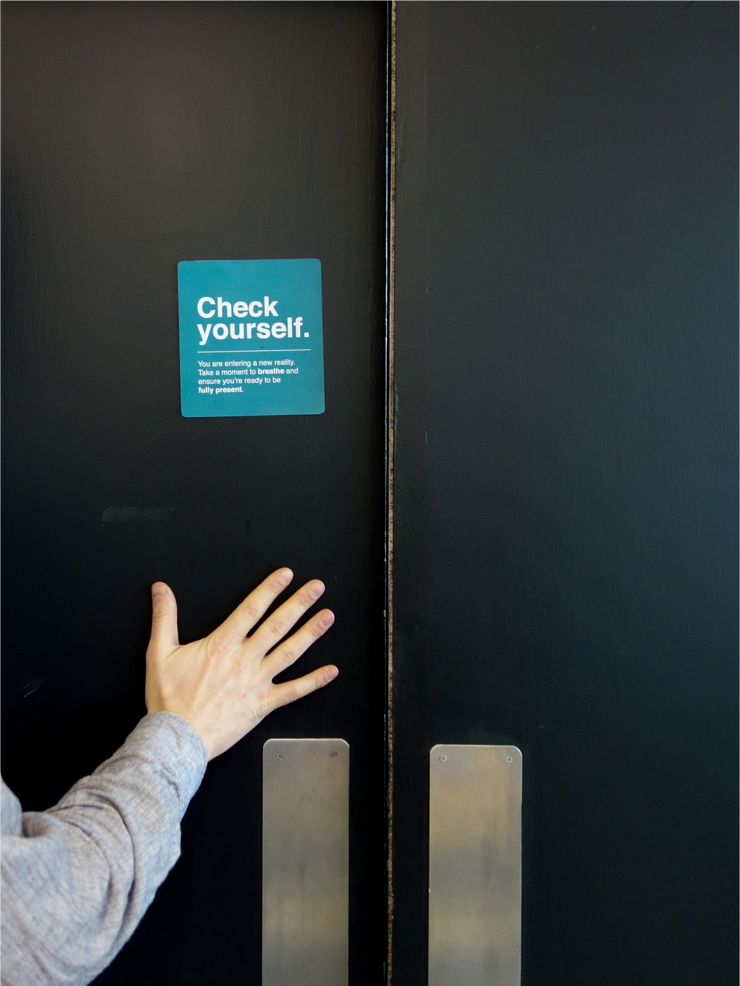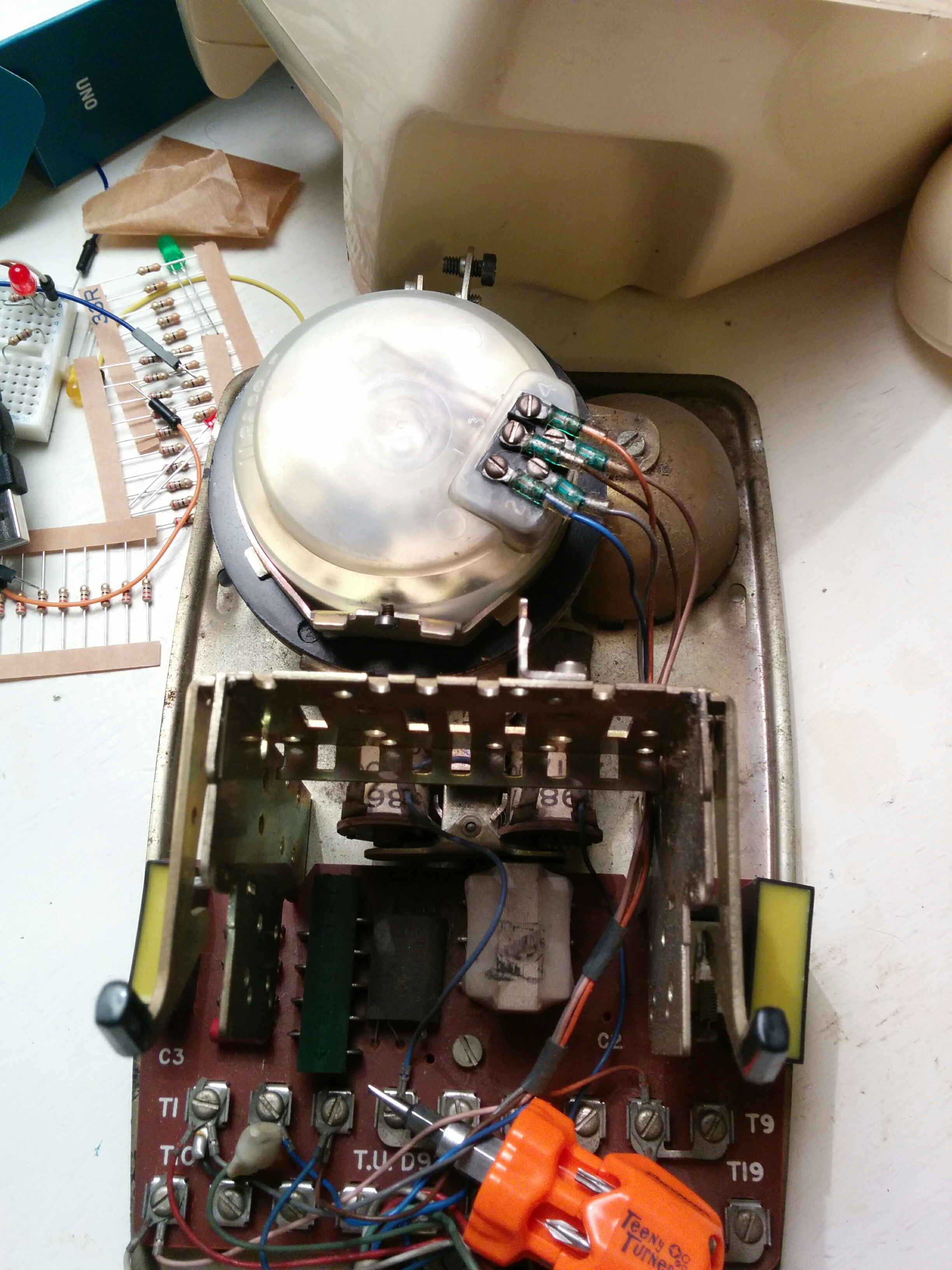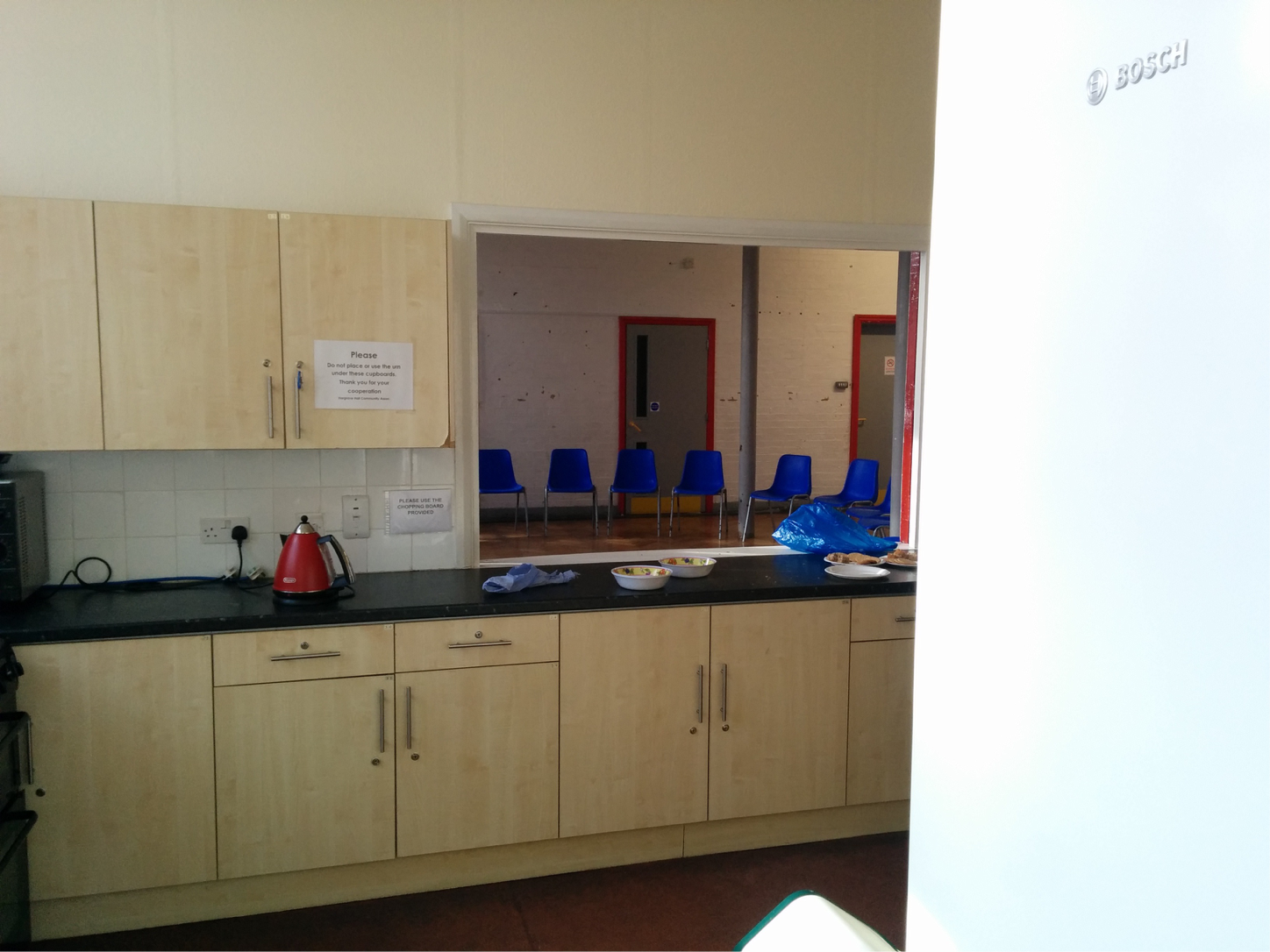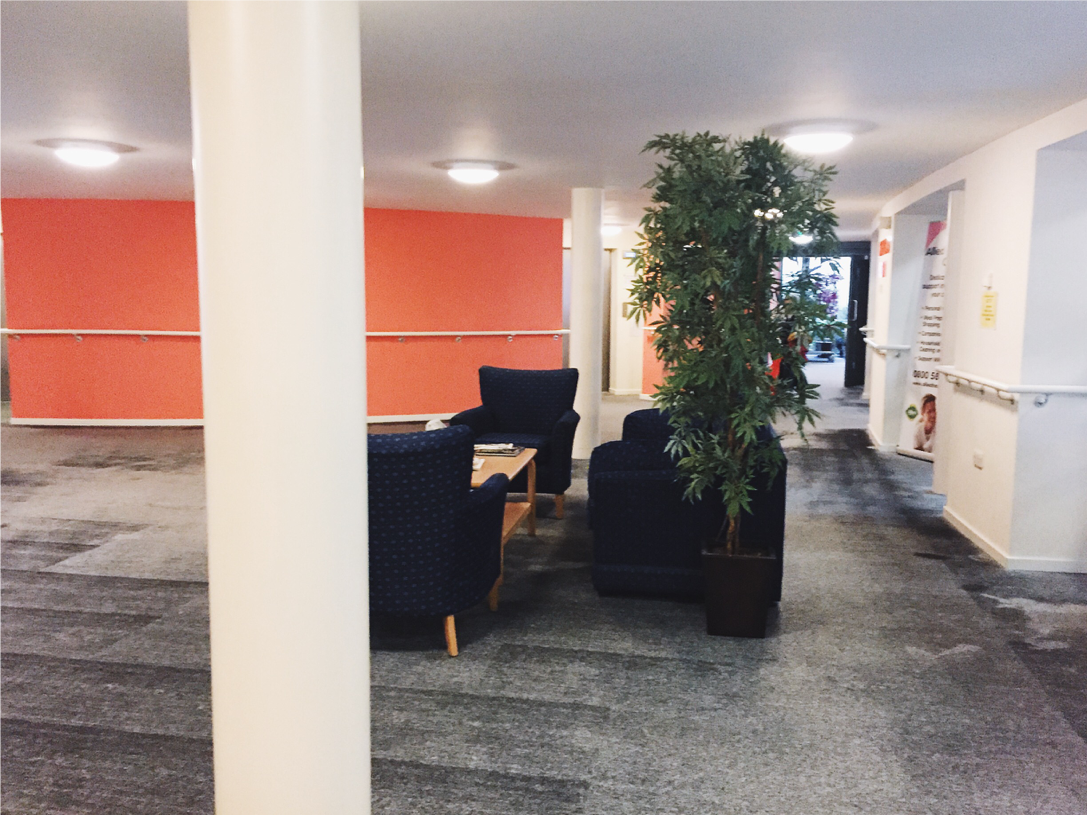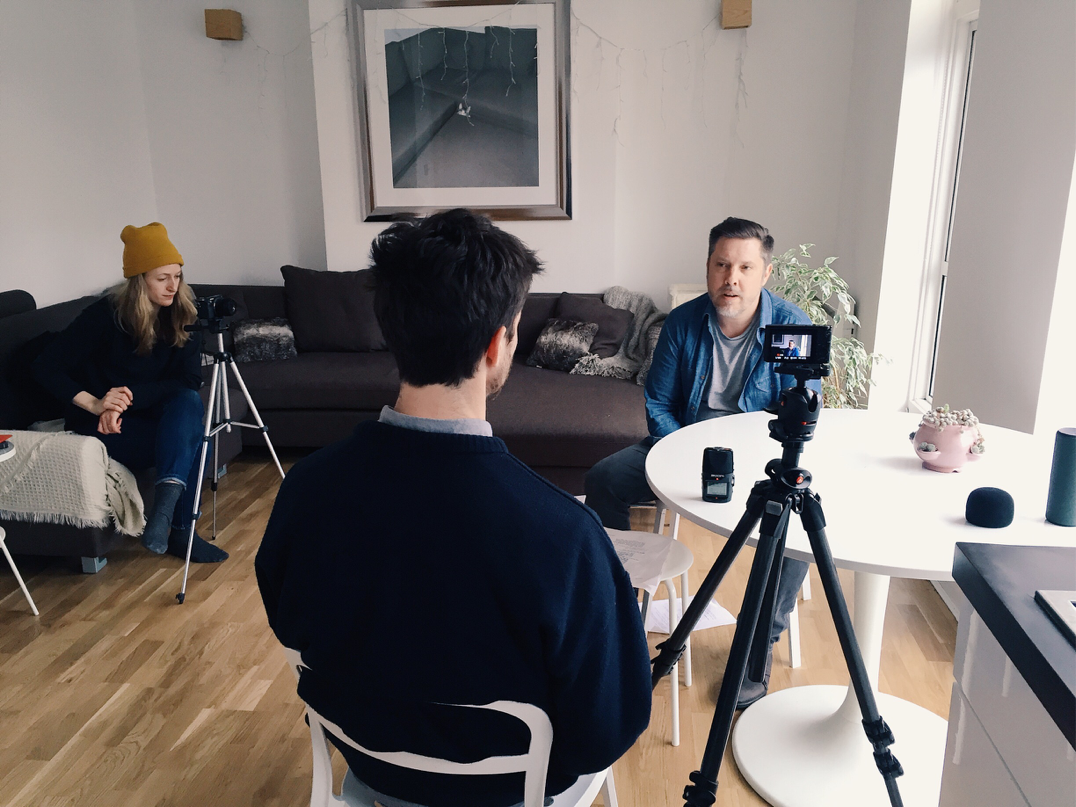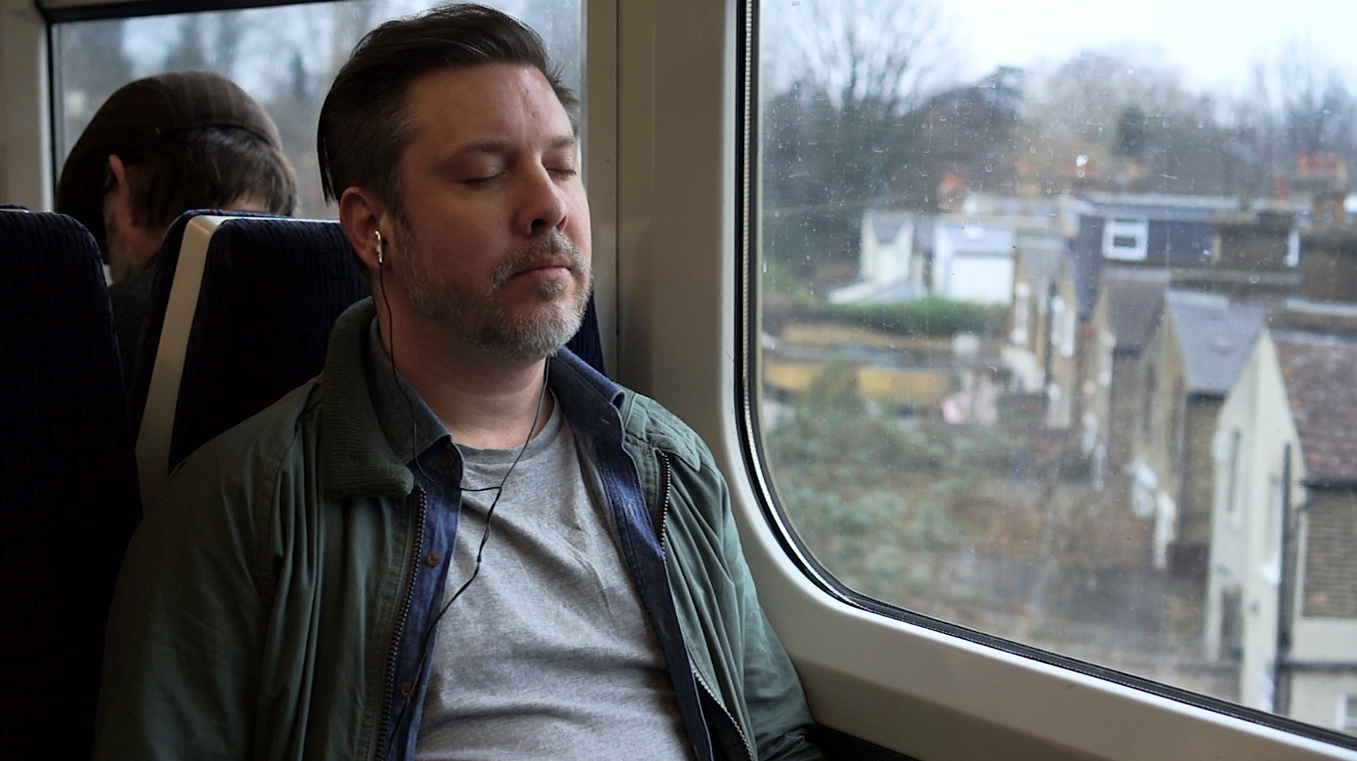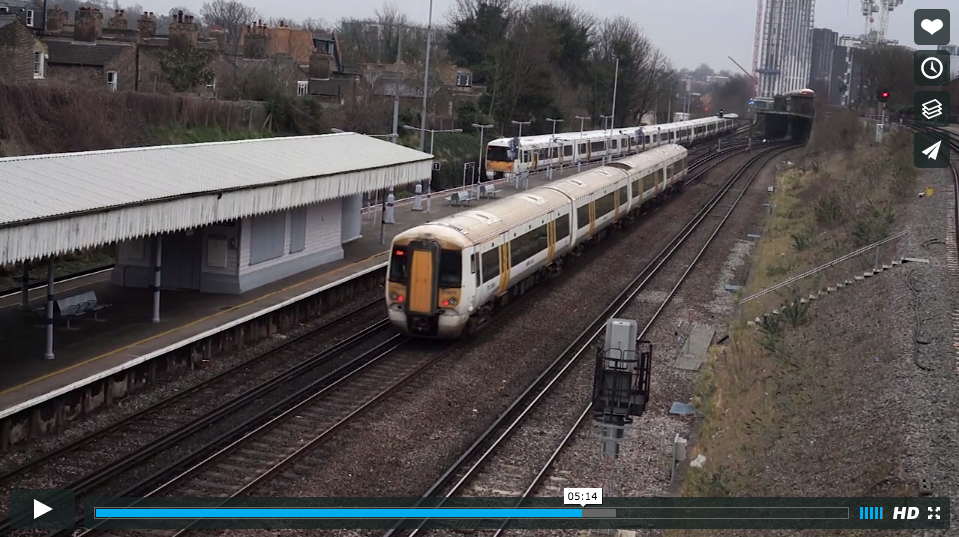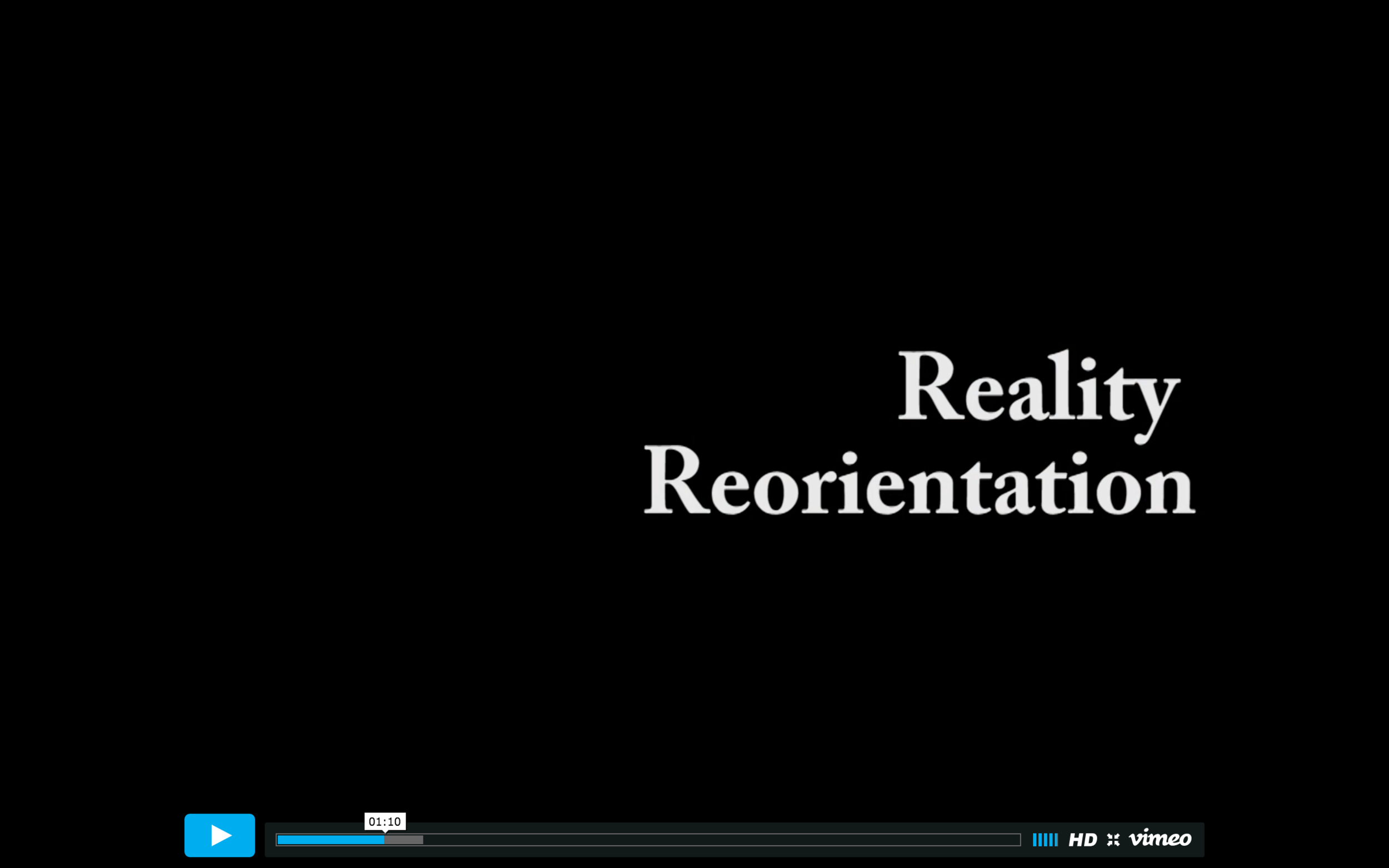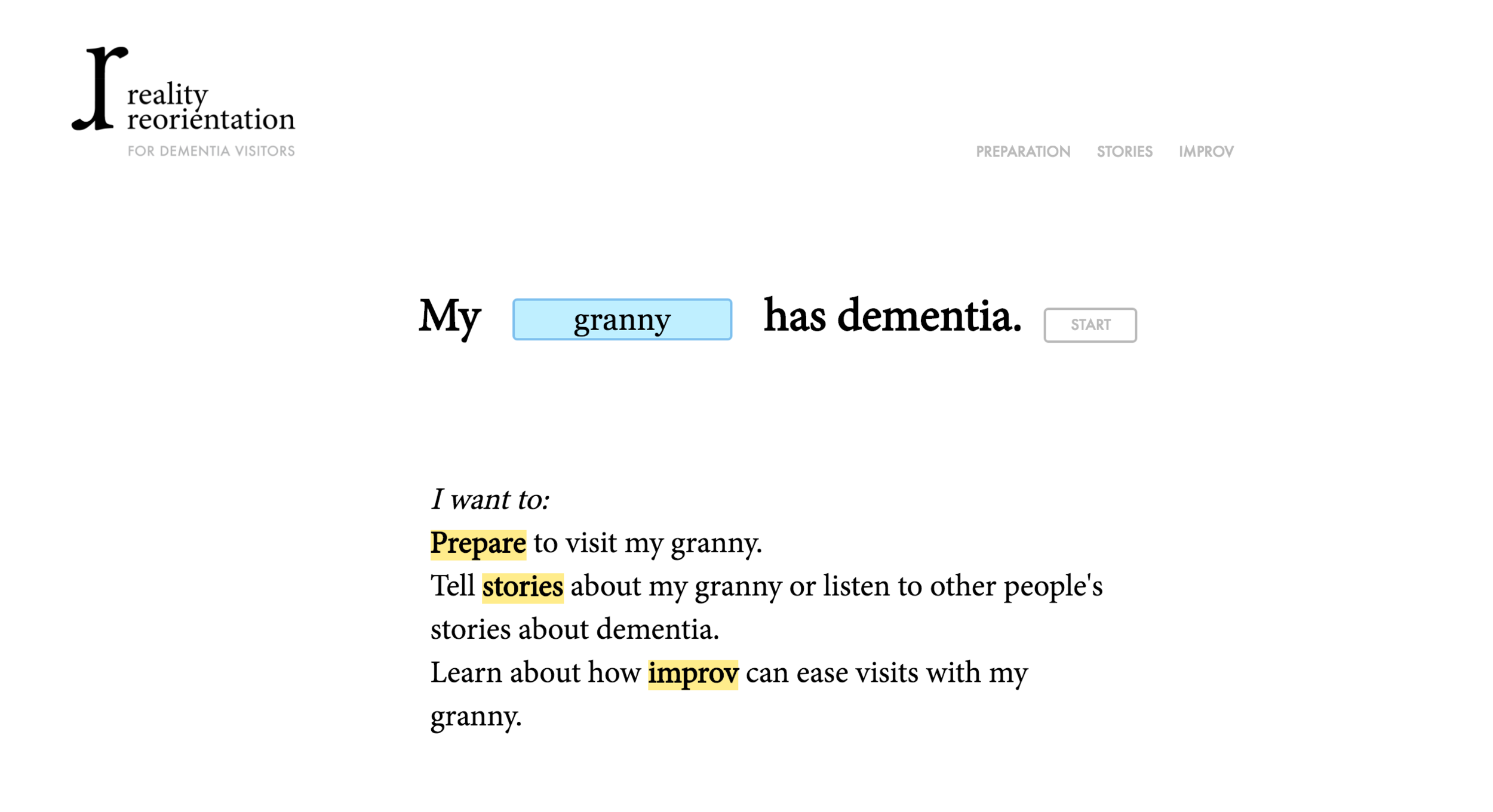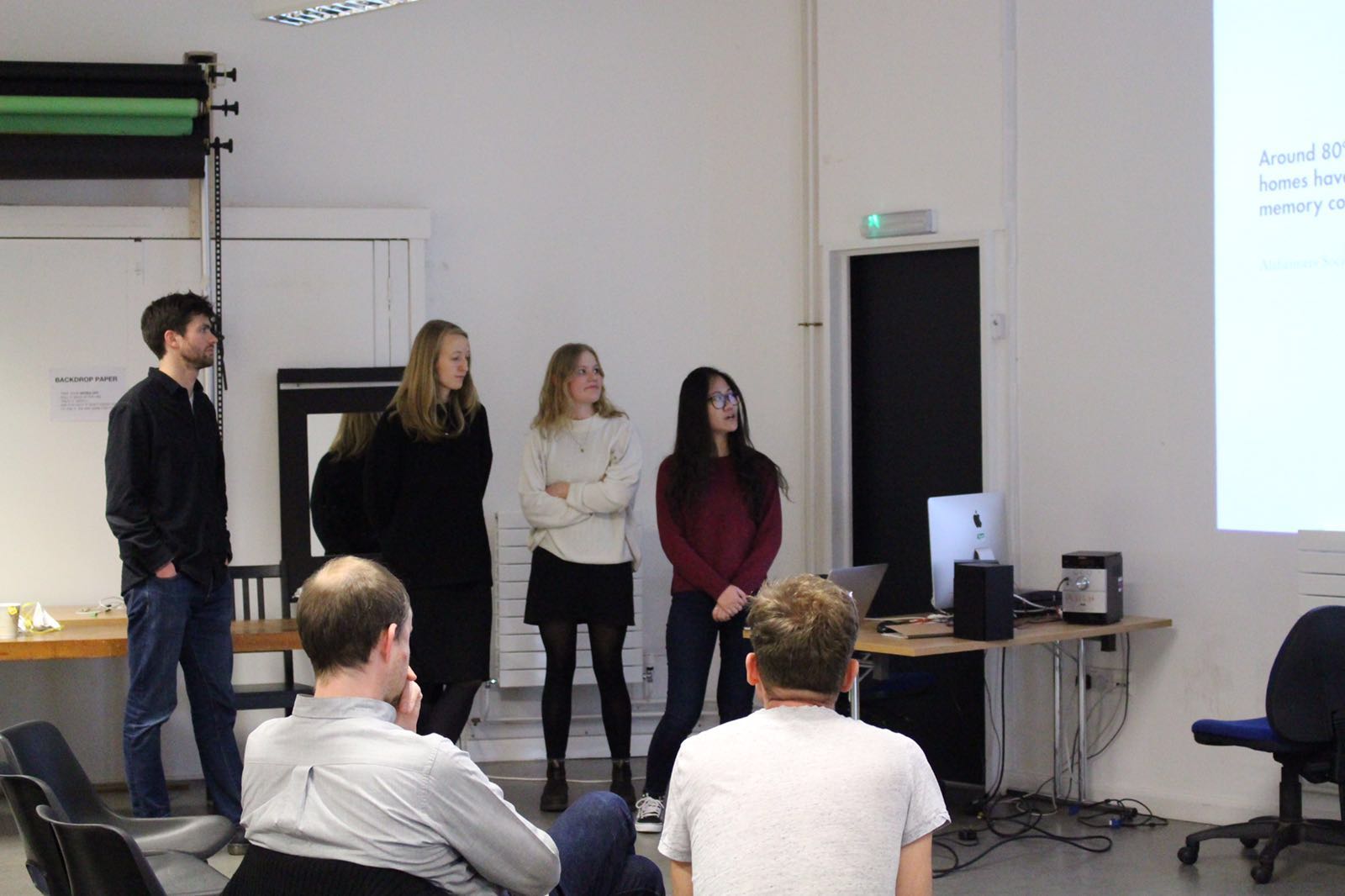REDESIGNING THE VISITOR / reality reorientation / MA Interaction design at Goldsmiths University
This research project looked to consider what design-led research might achieve though engagement with organisations and public bodies that support those with dementia. As designers working in this space our team of four were acutely aware of the way that design has been considered as a way to improve the lives of people with dementia though tools, toys, devices and apps.
Our own experience of interviewing experts, family members and participating in volunteer groups found that while objects and things were useful, for example to play music, overwhelmingly the most important and effective way of combating dementia was through social bonds with other people.
This encouraged us to re-consider the role of the designer in this space: why should the role of design in this space be focused on the creation of things that don't seem to get to grips with the problem? This lead us to focus on re-designing the visitor be encouraging a shift in attitude and behaviour through subtle interactions with the world around us.
Discover
We conducted unstructured interviews and participant observations to uncover detailed and rich insights, allowing for design research outcomes. In total we interviewed 10 individuals for between one and two hours each. Five were experts in the field (from a clinical psychologist to an in-home care facility owner) and five were friends and family members of people living with dementia.
Explore and experiment
We initially aimed to create a set of physical and educational tools that helped visitors during their visit. We experimented with the idea of using a toolkit, ready for whatever situation may arise.
These types of designs were interesting, however we struggled to find a credible real-life use case for any of these objects. Dementia can act quickly and unexpectedly in a person, so we felt it unlikely that one object could continually keep them engaged.
Defining a design space
We also participated in sessions that allowed us to connect with people living with dementia, their loved ones, and those in the community who work to support them. We attended:
Singing for the Brain, Islington
Healthy Living Club, Stockwell
Carers Lewisham Support Group, Lewisham
Group sessions always start with a cup of tea, then sitting down and chatting. Creating a comfortable social environment was such an important part of volunteering. Creating a shared experience that the group could respond to together is a great way of releasing people’s dependency on the things that people with dementia struggle with, such as memory and recall, to focus on things happening in the present, which everyone had access to. The social setting seemed to encourage the odd performer, and we witnessed a number of unscripted solos.
Developing and delivering a concept
In reimagining the journey, we wanted to tell a personal story about how one individual might handle a visit to see someone close to them with dementia. We drew on our research with people connected to people with dementia in order to do this.
One aspect we wanted to explore in the film was the way in which visitors have to adopt different roles in order to navigate situations with people with dementia. This could be rethinking an existing relationship to the person and along with it the expectations of how a conversation might ow.
This idea was supported by the children of people with dementia that we spoke to all described an evolution in their role as son or daughter into a more parental or guardian-like figure. Our film is interested in interrogating what it might be to handle this evolution.

